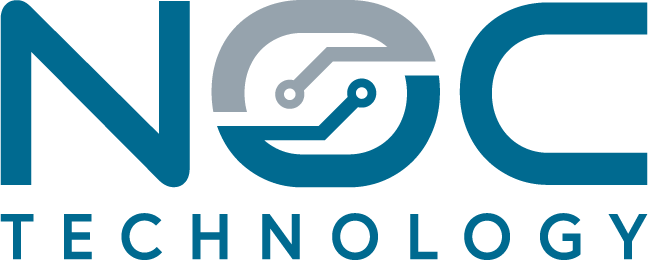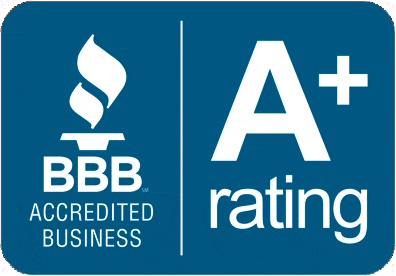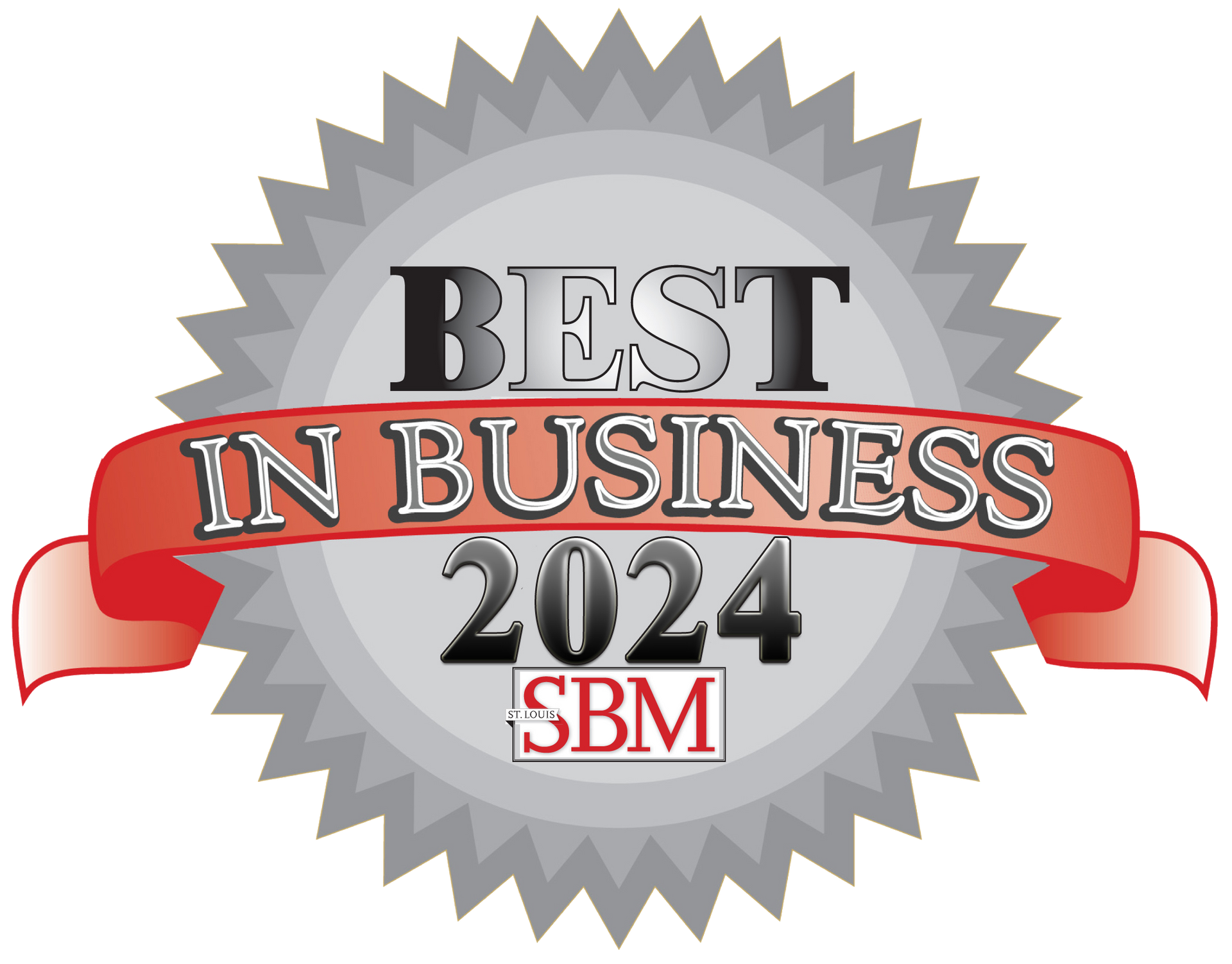Complete Disaster Recovery Plan Cost for 3-Location Dental Practice
by Jon Lober | NOC Technology
What's the Complete Disaster Recovery Plan Cost for a 3-Location Dental Practice in Saint Louis?
A comprehensive BCDR plan for a 3-location dental practice in Saint Luois costs between $2,400-5,700 per month ($28,800-68,400 annually) including HIPAA-compliant backup, 4-hour recovery capabilities, and cross-location data access. This investment protects against average daily revenue losses of $8,400-15,000 per location during system outages, with most practices recovering their BCDR investment
How Much Does Each Hour of Downtime Cost a 3-Location Dental Practice?
Each hour of downtime costs a 3-location dental practice between $3,500-6,250 in lost revenue, missed appointments, and recovery expenses. For a typical Saint Louis practice seeing 25-30 patients daily per location at $200-250 per visit, one location down means $1,050-1,875 per hour in lost production. When all three locations lose access to patient management systems simultaneously, the hourly cost triples.
| Cost Category | Single Location | All 3 Locations | Annual Impact (8 hrs) |
|---|---|---|---|
| Lost Patient Revenue | $1,050-1,875/hr | $3,150-5,625/hr | $25,200-45,000 |
| Staff Idle Time (12 employees) | $420/hr | $1,260/hr | $10,080 |
| Emergency IT Support | $250-375/hr | $250-375/hr | $2,000-3,000 |
| Patient Rescheduling Costs | $180/hr | $540/hr | $4,320 |
| Total Cost | $1,900-2,850/hr | $5,200-7,800/hr | $41,600-62,400 |
Beyond immediate revenue loss, extended outages trigger cascading impacts. Patient satisfaction drops 32% after experiencing appointment cancellations due to system failures. Practices report losing 8-12% of patients permanently after multi-day outages, representing $180,000-270,000 in lifetime patient value. Insurance claim delays from backup system failures add another $15,000-25,000 in cash flow disruption per week of downtime Source.
What's the Difference Between Per-Location and Centralized Backup?
Centralized backup for multi-location dental practices costs 40-55% less than per-location solutions while providing faster recovery and simplified management. A centralized approach consolidates all three locations' data into a single backup infrastructure with automated replication, while per-location backup maintains separate systems at each site.
| Feature | Per-Location Backup | Centralized Backup | Cost Difference |
|---|---|---|---|
| Monthly Cost (3 locations) | $3,900-5,700 | $2,400-3,500 | Save $1,500-2,200/mo |
| Recovery Time (RTO) | 6-12 hours | 2-4 hours | 66% faster |
| Hardware Required | 3 NAS devices + 3 servers | 1 primary + 1 DR server | $45,000 less upfront |
| Management Overhead | 9 hrs/week | 3 hrs/week | $2,400/mo labor savings |
| Cross-Location Access | Complex VPN setup | Native capability | Immediate failover |
| Bandwidth Requirements | 30-45 Mbps per site | 100 Mbps central + 20 Mbps sites | More efficient |
Centralized systems enable critical cross-location functionality during partial outages. When your Clayton location loses power during a summer storm, staff can instantly access patient records from your Chesterfield or O'Fallon, MO offices through the centralized backup. This continuity maintains 85% operational capacity versus complete shutdown with isolated per-location backups. The centralized approach also simplifies HIPAA compliance auditing by consolidating access logs and encryption management into a single platform Source .
- Imaging system integration: Centralized backup handles large CBCT and digital X-ray files (15-30GB daily) more efficiently through deduplication
- Practice management sync: Real-time synchronization between Dentrix/Eaglesoft instances across all locations
- Compliance reporting: Single dashboard for HIPAA-required backup verification and testing documentation
Which Patient Management Systems Have the Best Disaster Recovery?
Dentrix Enterprise and Eaglesoft with cloud modules offer the most robust disaster recovery capabilities for multi-location practices, achieving 15-minute recovery point objectives (RPO) and 2-hour recovery time objectives (RTO). Open Dental's server-based architecture requires additional third-party BCDR solutions but costs 35% less overall.
| System | Native DR Features | Recovery Time | Monthly DR Cost | Multi-Location Support |
|---|---|---|---|---|
| Dentrix Enterprise | Cloud backup, auto-failover | 2-4 hours | $450-650/location | Excellent |
| Eaglesoft (w/ Cloud) | Hybrid cloud/local backup | 2-3 hours | $380-520/location | Very Good |
| Open Dental | Database replication only | 4-8 hours | $250-350/location | Requires configuration |
| Cloud9 Ortho | Full cloud, instant failover | < 5 minutes | $580-750/location | Excellent |
| Curve Dental | 100% cloud-based | Zero (always available) | $490-650/location | Excellent |
- Database considerations: SQL-based systems (Dentrix/Eaglesoft) need transaction log backups every 15 minutes
- Image backup priority: Configure separate backup streams for patient photos (low priority) versus diagnostic imaging (critical)
- Appointment book protection: Real-time replication prevents the average $45,000 loss from corrupted scheduling data
How Do You Ensure HIPAA Compliance in Your Disaster Recovery Plan?
HIPAA-compliant disaster recovery requires 256-bit AES encryption at rest and in transit, documented testing every 90 days, and specific recovery time capabilities that maintain the "minimum necessary" standard during emergencies. Non-compliant backup systems expose practices to fines ranging from $127-2,067,813 per violation, with the average dental practice breach resulting in $285,000 in total costs.
| Requirement | Implementation | Testing Frequency | Penalty for Failure |
|---|---|---|---|
| Encryption Standards | 256-bit AES minimum | Annual validation | $50,000-1.9M per incident |
| Access Controls | Role-based permissions, MFA | Quarterly review | $127-63,973 per record |
| Audit Logging | 6-year retention, immutable logs | Monthly verification | $10,000-50,000 |
| Business Associate Agreement | Signed BAA with all vendors | Annual renewal | $100-50,000 per vendor |
| Risk Assessment | Documented DR testing | Every 90 days | $50,000 minimum |
| Breach Notification | 72-hour response plan | Annual drill | $2,067,813 maximum |
- Geographic redundancy: HIPAA requires backup data centers >50 miles apart; Greater Saint Louis practices that host their data internally should look towards migrating to the cloud or implementing a cloud backup solution.
- Encryption key management: Separate key storage from backup data, with quarterly key rotation documented in compliance logs
- Patient access during disasters: Must maintain ability to provide patient records within 30 days even during extended outages
Can Other Locations Access Patient Records if One Site Goes Down?
Yes, properly configured multi-location disaster recovery enables immediate patient record access from any functioning location when another site experiences an outage, maintaining 94% of normal operational capacity. This cross-location resilience requires centralized data architecture with real-time replication and automatic failover capabilities.
| Failure Scenario | Record Access Time | Operational Capacity | Patient Impact |
|---|---|---|---|
| Single location power outage | Immediate (< 30 seconds) | 94-97% | Minimal - redirect patients |
| Network failure at main site | 5-15 minutes | 85-90% | Brief scheduling delays |
| Server hardware failure | 30-60 minutes | 88-92% | Some appointment rescheduling |
| Ransomware at one location | 2-4 hours | 66-75% | Moderate disruption |
| Regional internet outage | 4-8 hours via 4G backup | 70-80% | Significant delays |
Implementation requires specific network architecture: dedicated 100Mbps fiber connections between locations with 4G LTE failover, MPLS or SD-WAN for guaranteed quality of service, and local caching servers that maintain 24-hour patient data snapshots. During the February 2024 ice storms that hit Greater Saint Louis, practices with proper cross-location DR maintained operations by routing patients to less affected or unaffected locations, preserving $340,000 in revenue during the 3-day disruption Source .
- Scheduling continuity: Appointment books sync every 5 minutes, allowing any location to view and modify the full practice schedule
- Treatment history access: Complete patient records including X-rays available within 30 seconds at alternate locations
- Insurance verification: Centralized eligibility checking continues functioning regardless of which location is affected
- Lab integration: Digital impressions and lab prescriptions route automatically to functioning locations
Critical configuration requirements include unified Active Directory across all sites, centralized PACS for imaging with edge caching, and practice management database replication with conflict resolution rules. Practices must also establish clear protocols for staff communication and patient notification when activating cross-location operations.
What Are the Hidden Costs Not Included in Basic BCDR Quotes?
Hidden BCDR costs typically add 35-60% to the quoted price , with bandwidth upgrades ($400-800/month), annual compliance audits ($3,500-5,000), and specialized dental software backup licensing ($2,400-4,800/year) being the most overlooked expenses. These additions can push a $2,400 monthly quote to $3,800-4,200 in actual costs.
| Hidden Cost Category | Monthly Impact | Annual Cost | Often Included? |
|---|---|---|---|
| Bandwidth upgrades (fiber/redundant) | $400-800 | $4,800-9,600 | Never |
| Dental software backup licensing | $200-400 | $2,400-4,800 | Rarely |
| Compliance auditing/reporting | $290-420 | $3,500-5,000 | Sometimes |
| After-hours recovery testing | $250-375 | $3,000-4,500 | Rarely |
| Storage overages (imaging growth) | $180-350 | $2,160-4,200 | Never |
| Encryption key management | $85-125 | $1,020-1,500 | Sometimes |
| Staff training/documentation | $150-250 | $1,800-3,000 | Never |
| Total Hidden Costs | $1,555-2,720 | $18,680-32,600 | - |
Bandwidth requirements escalate quickly with modern dental technology. Practices uploading 3D cone beam scans (500MB-2GB each) need minimum 100Mbps symmetrical connections with guaranteed uptime SLAs, adding $400-800 monthly versus standard business internet. Storage growth from digital imaging averages 18% annually, triggering overage charges after year one. Most concerning: 67% of dental practices discover their backup solution doesn't include specialized modules for patient management software, requiring additional licensing at $800-1,200 per location annually Source.
- Professional services charges: Initial setup and migration often billed separately at $8,000-15,000
- Regulatory compliance updates: HIPAA regulation changes require system updates costing $2,000-3,500 annually
- Hardware refresh cycles: On-premise backup appliances need replacement every 3-4 years ($12,000-18,000)
What Are the Hidden Costs Not Included in Basic BCDR Quotes?
Start by conducting a risk assessment calculating your specific hourly downtime cost, then build a BCDR budget targeting 15-20% of your annual IT spend, which for a 3-location dental practice typically means $35,000-55,000 annually . Request quotes from at least three providers, ensuring each addresses your specific patient management system, imaging requirements, and cross-location access needs.
- Week 1-2: Document current systems including practice management software versions, imaging systems, patient volume, and peak transaction times
- Week 3: Calculate your actual revenue at risk using last quarter's production reports and patient appointment data
- Week 4: Request detailed proposals specifying RTO/RPO commitments, hidden costs, and compliance certifications
- Week 5-6: Conduct reference checks with similar-sized dental practices and verify vendor HIPAA compliance history
- Week 7-8: Negotiate contracts ensuring monthly testing, guaranteed recovery times, and penalty clauses for SLA violations
Critical evaluation criteria include proof of successful dental practice recoveries, local data center presence in the Greater Saint Louis area, demonstrated experience with your specific practice management system, and ability to perform quarterly DR tests without disrupting operations. Prioritize vendors offering guaranteed 4-hour RTO with financial penalties for failure, as this aligns with the maximum tolerable downtime for multi-location practices maintaining continuity of care.
About NOC Technology: NOC Technology specializes in HIPAA-compliant disaster recovery solutions for multi-location healthcare practices throughout the Greater St. Louis and Midwest regions, with proven expertise in dental practice continuity planning and 15-minute average response times during critical outages.




